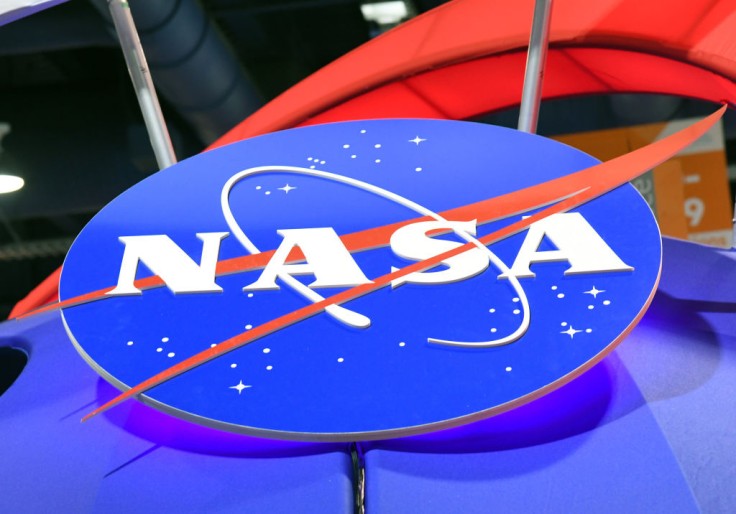
The development of a NASA infrared space telescope tasked to hunt dangerous asteroids heading close to Earth has taken a step forward.
NASA announced Friday that it is approving the Near-Earth Object Surveyor space telescope (NEO Surveyor) to advance to the next stage of development after a successful review of the mission, a statement on the US space agency's website said. NASA said it is authorizing the NEO Surveyor mission to move to "Preliminary Design" status.
This next phase is part of NASA's plans for a 2026 launch, the statement added. The infrared space telescope is designed to "discover and characterize most of the potentially hazardous asteroids and comets that come within 30 million miles of Earth's orbit, collectively known as near-earth objects, or NEOs."
NASA Infrared Telescope Mandated to Spot 90 percent of NEOs
NEO Surveyor, NASA said, will "rapidly accelerate at which NASA is able to discover asteroids and comets that could pose a hazard to the Earth." The satellite telescope is also being built to spot "90 percent of asteroids 140 meters (460 feet) or larger within a decade of being launched" in compliance with the National Aeronautics and Space Administration Act of 2005. NASA has been working to achieve this goal and has spotted 40 percent of near-Earth asteroids within the size range. NASA Surveyor would thus enhance its capabilities.
NEO Surveyor will lift off to the Earth-Sun Lagrange Point-1, which is 930,000 miles or 1.5 million kilometers from Earth, Space.com shared. The satellite will then utilize a 1.6-foot-wide (0.5 meters) telescope and an array of sensors to look for dangerous near-Earth objects in infrared light. This should help scientists in spotting huge numbers of objects passing through Earth that are difficult to detect using present optical equipment.
NEO Surveyor is also set to assist astronomers in discovering impact hazards nearing Earth at daytime. Furthermore, it will improve NASA's ability to find out specific sizes and characteristics of detected near-Earth objects by utilizing infrared light.
Astronomers have been diligently using "ground-based optical telescopes to discover new NEOs, characterize their shape and size, and confirm they do not pose a threat to us," NASA's NEO Observations Program program manager Kelly Fast said in the NASA statement. The telescopes being used "are only able to look for NEOs in the night sky."
NASA Infrared Space Telescope to Detect Dangerous Asteroids Day and Night
NEO Surveyor, Fast said, would allow observations "to continue day and night, specifically targeting regions where NEOs that could pose a hazard might be found and accelerating the progress toward the Congressional goal."
NEO Surveyor faced a challenging development phase, being proposed to NASA several times as a planetary space mission over the past 15 years but was not selected. But in 2019, the NEO Surveyor finally secured NASA approval for development, but not as a planetary science mission.
The mission will cost around $500 million and $600 million, with funds allotted from NASA's Planetary Defense budget, Space News reported.









